SOCIAL
Facebook: from Harvard dorm to global phenomenon
Mark Zuckerberg is seen in 2010, with Facebook already the largest online social network but before its stock market debut – © AFP
Glenn CHAPMAN
Key chapters in the history of Facebook, the world’s biggest social media application, which marks the tenth anniversary Wednesday of its stock market debut.
– In the beginning –
In 2003, 19-year-old Harvard computer whiz Mark Zuckerberg begins working out of his dormitory room on an online network aimed initially at connecting Harvard students.
The following year he launched thefacebook.com with three Harvard roommates and classmates: Chris Hughes, Eduardo Saverin and Dustin Moskovitz.
As membership is opened up to other colleges around North America Zuckerberg quits his studies and moves to Silicon Valley.
The new company receives its first investment from PayPal co-founder Peter Thiel, who stumps up $500,000, and officially changes its name to Facebook in 2005.
– Not for sale –
In 2006, US media conglomerate Viacom and Yahoo make separate plays for Facebook, but both are turned down.
Microsoft takes a $240 million stake in the company a year later, by which time Facebook has 50 million users.
That year sees Zuckerberg admitting to privacy-related “mistakes” for the first time, over an ad platform called Beacon that tracked purchases made by Facebook members and let their friends know what they had bought.
In 2008, the platform topples MySpace to become the world’s most popular social networking website and launches its first mobile app the following year.
– Protest platform –
David Fincher’s story of the origins of Facebook, “The Social Network,” hits movie theaters in 2010 and wins Oscars for best adapted screenplay, original score and film editing.
Time magazine that year names Zuckerberg as Person of the Year for “transforming the way we live our lives every day.”
As membership rockets, Facebook plays a growing role in shaping public debate.
In 2011, the platform plays a key role in giving a voice to disillusioned Arab youth in the Arab Spring of revolts that began that year in Tunisia.
– Stock market entry –
In 2012, Facebook snaps up photograph-sharing app Instagram for $1 billion and files for an initial public offering.

Inside Facebook’s war room. — NOAH BERGER/AFP/GETTY IMAGES
The biggest IPO ever in the tech sector raises some $16 billion and values the company at $104 billion.
A hoodie-clad Zuckerberg remotely rings the Nasdaq bell from Facebook’s California headquarters on the first day of trading.
By October 2012, Facebook’s membership has topped one billion.
– Social media conglomerate –
In 2014, Facebook pays a small fortune to try boost its popularity among younger smartphone users by buying messaging platform WhatsApp in a cash and stock deal valued at $19 billion.
As it continues moving up in the world, it moves into new Frank Gehry-designed headquarters in Silicon Valley, with a rooftop park and “the largest open floor plan in the world.”
– Congressional grilling –
In 2016, Facebook is embroiled in controversy over Russia’s alleged use of it and other social media platforms to try influence the outcome of the election that brought Donald Trump to the White House.
In 2018, Facebook is again at the center of scandal after it emerges that British consulting firm Cambridge Analytica stealthily harvested the personal data of millions of Facebook users and used it for political purposes, including trying to rally support for Trump.
Zuckerberg is grilled in the US Congress over Facebook’s handling of user data and the way the network is being manipulated to undermine democracy.
The Facebook boss vows to do more to combat fake news, foreign interference in elections and hate speech and to tighten data privacy.
– From Facebook to Meta –
In 2021, Zuckerberg announces that Facebook has changed its company name to Meta — Greek for “beyond” but also meaning the metaverse — the virtual world which he sees as representing the future of the internet.
On February 3, 2022, the company’s share price plunges, wiping more than $200 billion off its market value after it warns of slowing revenue growth.
As young users increasingly desert it for the likes of TikTok or Snapchat, the company admits to losing a million active daily users. But with 1.96 billion users, one- quarter of the globe’s population it remains the biggest social media platform.
SOCIAL
Snapchat Explores New Messaging Retention Feature: A Game-Changer or Risky Move?
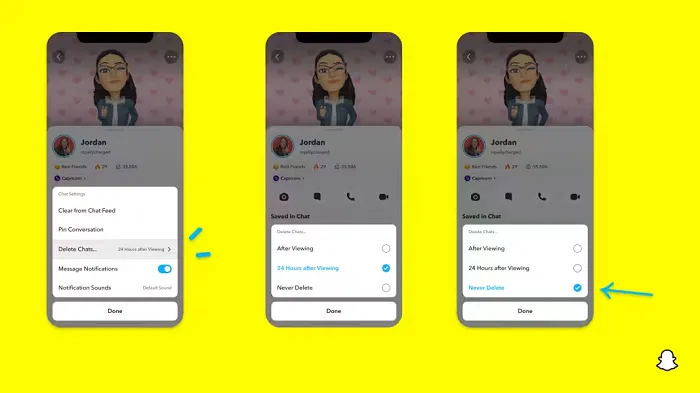
In a recent announcement, Snapchat revealed a groundbreaking update that challenges its traditional design ethos. The platform is experimenting with an option that allows users to defy the 24-hour auto-delete rule, a feature synonymous with Snapchat’s ephemeral messaging model.
The proposed change aims to introduce a “Never delete” option in messaging retention settings, aligning Snapchat more closely with conventional messaging apps. While this move may blur Snapchat’s distinctive selling point, Snap appears convinced of its necessity.
According to Snap, the decision stems from user feedback and a commitment to innovation based on user needs. The company aims to provide greater flexibility and control over conversations, catering to the preferences of its community.
Currently undergoing trials in select markets, the new feature empowers users to adjust retention settings on a conversation-by-conversation basis. Flexibility remains paramount, with participants able to modify settings within chats and receive in-chat notifications to ensure transparency.
Snapchat underscores that the default auto-delete feature will persist, reinforcing its design philosophy centered on ephemerality. However, with the app gaining traction as a primary messaging platform, the option offers users a means to preserve longer chat histories.
The update marks a pivotal moment for Snapchat, renowned for its disappearing message premise, especially popular among younger demographics. Retaining this focus has been pivotal to Snapchat’s identity, but the shift suggests a broader strategy aimed at diversifying its user base.
This strategy may appeal particularly to older demographics, potentially extending Snapchat’s relevance as users age. By emulating features of conventional messaging platforms, Snapchat seeks to enhance its appeal and broaden its reach.
Yet, the introduction of message retention poses questions about Snapchat’s uniqueness. While addressing user demands, the risk of diluting Snapchat’s distinctiveness looms large.
As Snapchat ventures into uncharted territory, the outcome of this experiment remains uncertain. Will message retention propel Snapchat to new heights, or will it compromise the platform’s uniqueness?
Only time will tell.
SOCIAL
Catering to specific audience boosts your business, says accountant turned coach
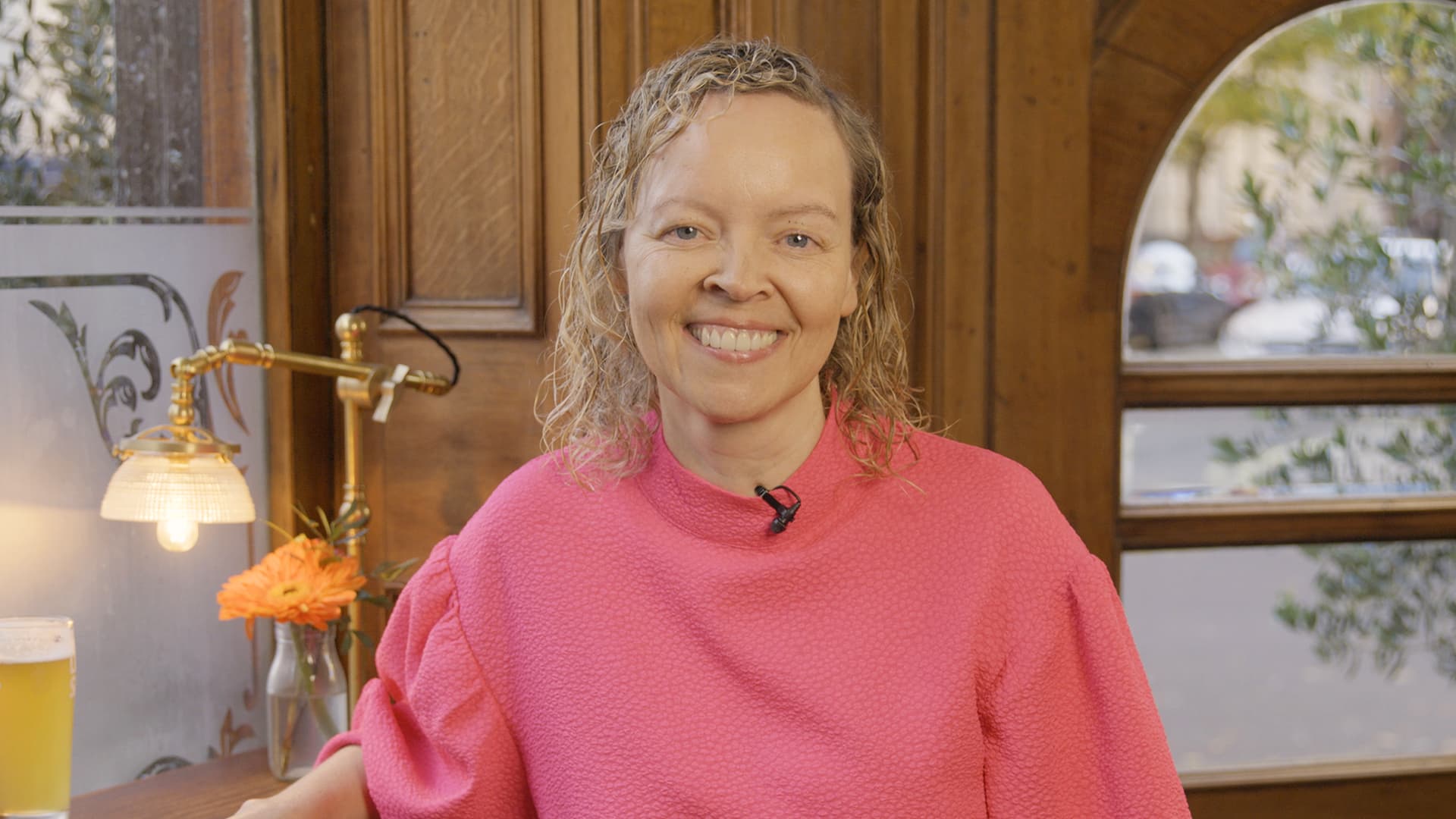
While it is tempting to try to appeal to a broad audience, the founder of alcohol-free coaching service Just the Tonic, Sandra Parker, believes the best thing you can do for your business is focus on your niche. Here’s how she did just that.
When running a business, reaching out to as many clients as possible can be tempting. But it also risks making your marketing “too generic,” warns Sandra Parker, the founder of Just The Tonic Coaching.
“From the very start of my business, I knew exactly who I could help and who I couldn’t,” Parker told My Biggest Lessons.
Parker struggled with alcohol dependence as a young professional. Today, her business targets high-achieving individuals who face challenges similar to those she had early in her career.
“I understand their frustrations, I understand their fears, and I understand their coping mechanisms and the stories they’re telling themselves,” Parker said. “Because of that, I’m able to market very effectively, to speak in a language that they understand, and am able to reach them.”Â
“I believe that it’s really important that you know exactly who your customer or your client is, and you target them, and you resist the temptation to make your marketing too generic to try and reach everyone,” she explained.
“If you speak specifically to your target clients, you will reach them, and I believe that’s the way that you’re going to be more successful.
Watch the video for more of Sandra Parker’s biggest lessons.
SOCIAL
Instagram Tests Live-Stream Games to Enhance Engagement
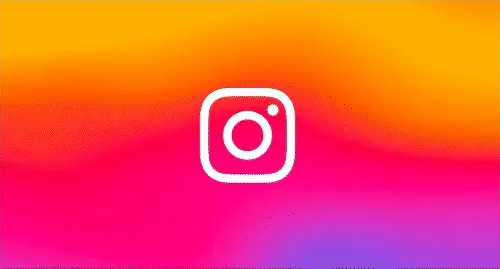
Instagram’s testing out some new options to help spice up your live-streams in the app, with some live broadcasters now able to select a game that they can play with viewers in-stream.
As you can see in these example screens, posted by Ahmed Ghanem, some creators now have the option to play either “This or That”, a question and answer prompt that you can share with your viewers, or “Trivia”, to generate more engagement within your IG live-streams.
That could be a simple way to spark more conversation and interaction, which could then lead into further engagement opportunities from your live audience.
Meta’s been exploring more ways to make live-streaming a bigger consideration for IG creators, with a view to live-streams potentially catching on with more users.
That includes the gradual expansion of its “Stars” live-stream donation program, giving more creators in more regions a means to accept donations from live-stream viewers, while back in December, Instagram also added some new options to make it easier to go live using third-party tools via desktop PCs.
Live streaming has been a major shift in China, where shopping live-streams, in particular, have led to massive opportunities for streaming platforms. They haven’t caught on in the same way in Western regions, but as TikTok and YouTube look to push live-stream adoption, there is still a chance that they will become a much bigger element in future.
Which is why IG is also trying to stay in touch, and add more ways for its creators to engage via streams. Live-stream games is another element within this, which could make this a better community-building, and potentially sales-driving option.
We’ve asked Instagram for more information on this test, and we’ll update this post if/when we hear back.
-

 PPC7 days ago
PPC7 days ago19 Best SEO Tools in 2024 (For Every Use Case)
-
SEARCHENGINES6 days ago
Daily Search Forum Recap: April 19, 2024
-
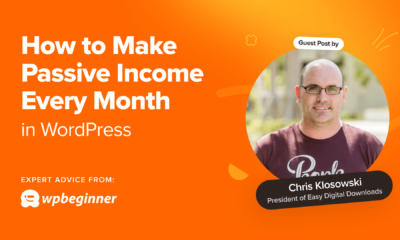
 WORDPRESS7 days ago
WORDPRESS7 days agoHow to Make $5000 of Passive Income Every Month in WordPress
-

 MARKETING6 days ago
MARKETING6 days agoBattling for Attention in the 2024 Election Year Media Frenzy
-
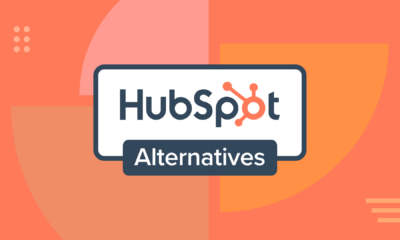
 WORDPRESS5 days ago
WORDPRESS5 days ago13 Best HubSpot Alternatives for 2024 (Free + Paid)
-

 SEO7 days ago
SEO7 days ago25 WordPress Alternatives Best For SEO
-
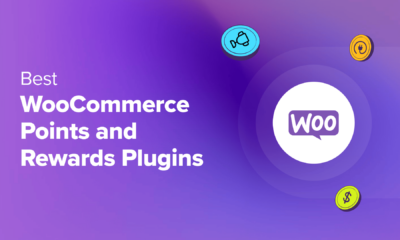
 WORDPRESS6 days ago
WORDPRESS6 days ago7 Best WooCommerce Points and Rewards Plugins (Free & Paid)
-

 MARKETING7 days ago
MARKETING7 days agoTinuiti Marketing Analytics Recognized by Forrester




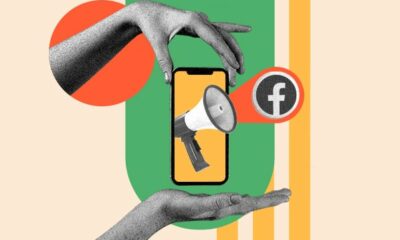



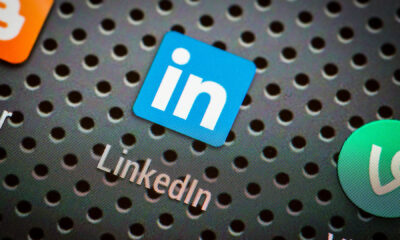







You must be logged in to post a comment Login